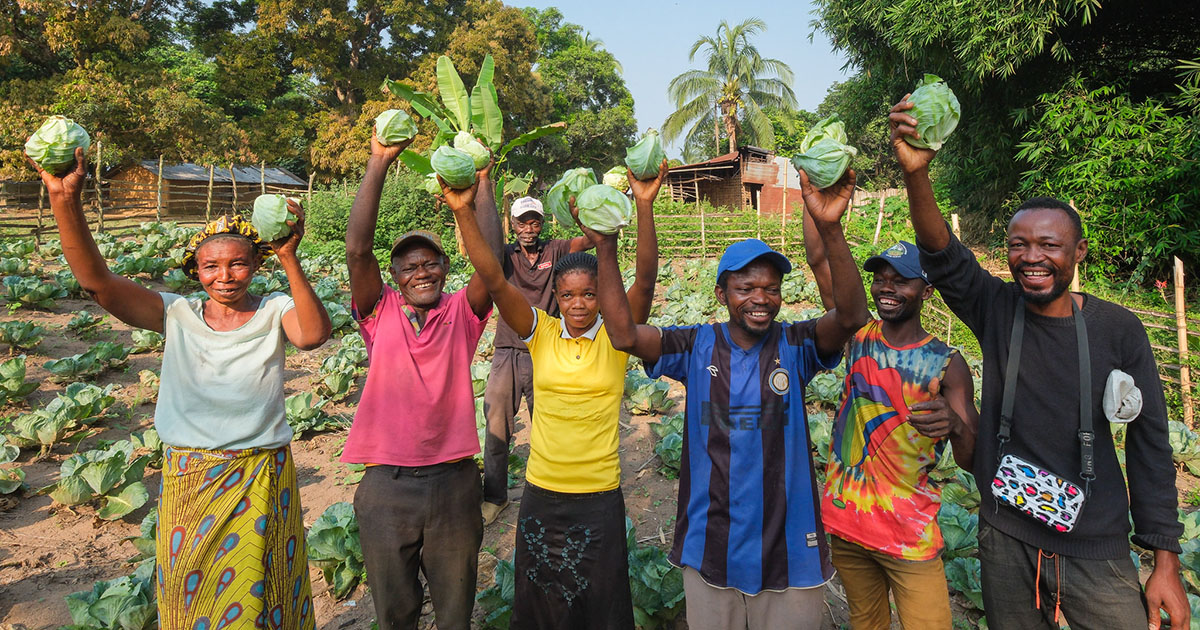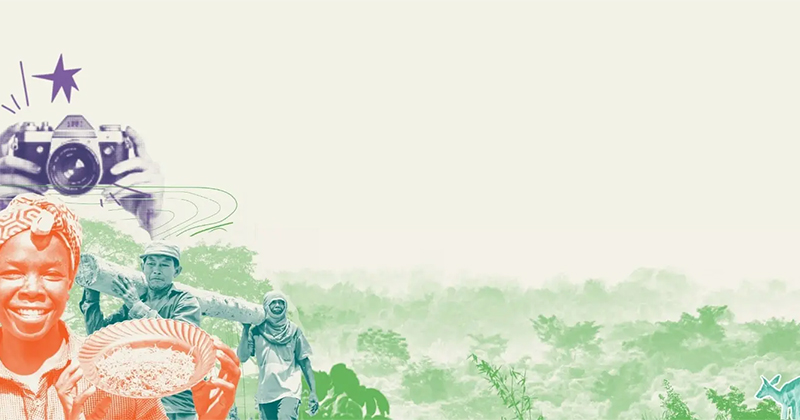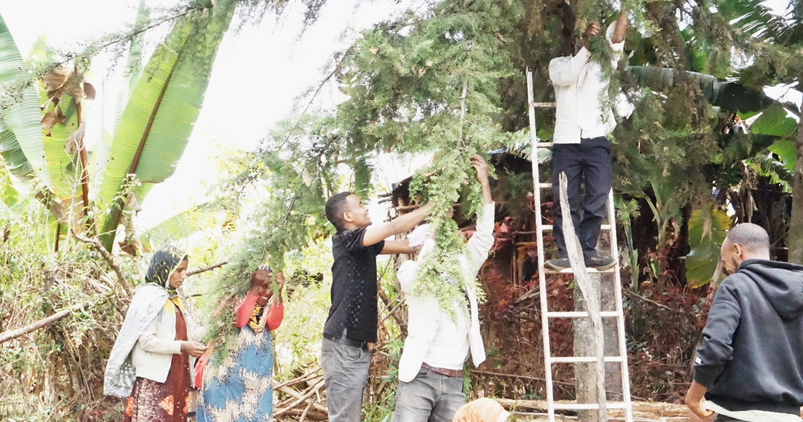Download:
Publication year
2020
Authors
Reij, C.; Pasiecznik, N.; Mahamoudou, S.; Kassa, H.; Winterbottom, R.; Livingstone, J.
Language
English
Keywords
arid zones, ecological restoration, degraded land, economic impact, social impact, livelihoods
Geographic
Ethiopia, Niger, Senegal, Mali, Burkina Faso, Ghana, Sudan, Cameroon, Kenya, Rwanda





















